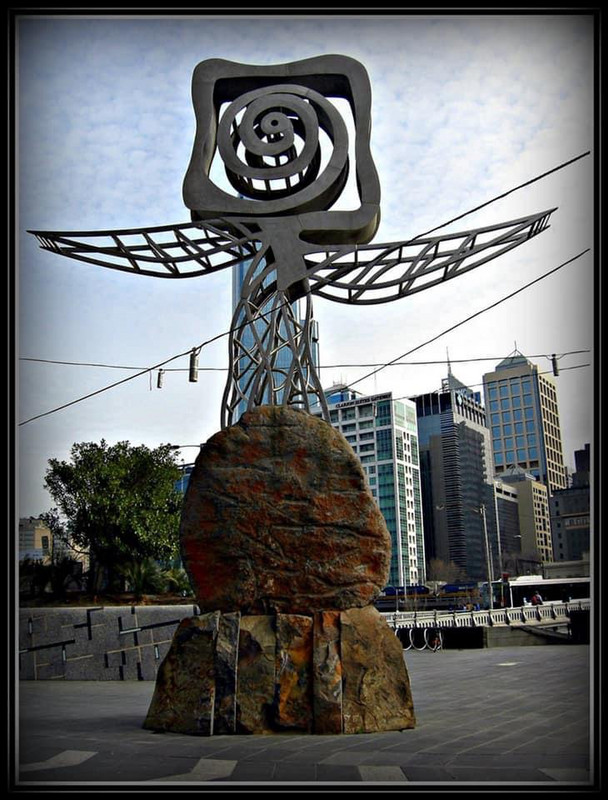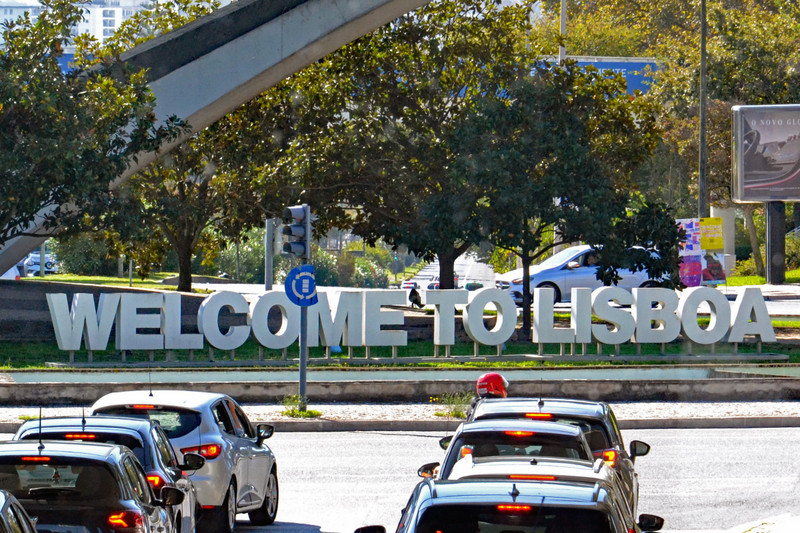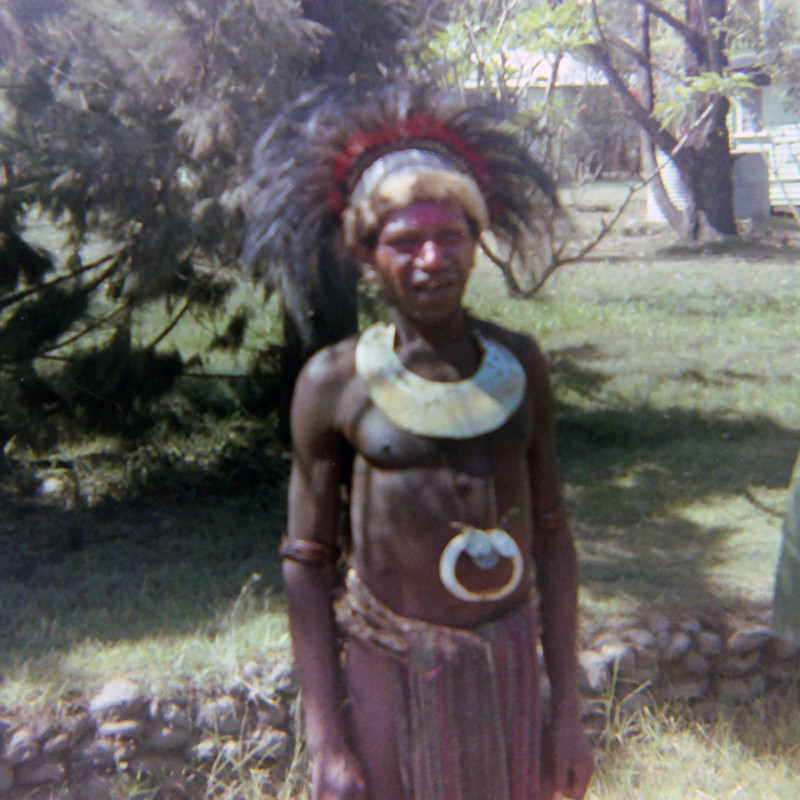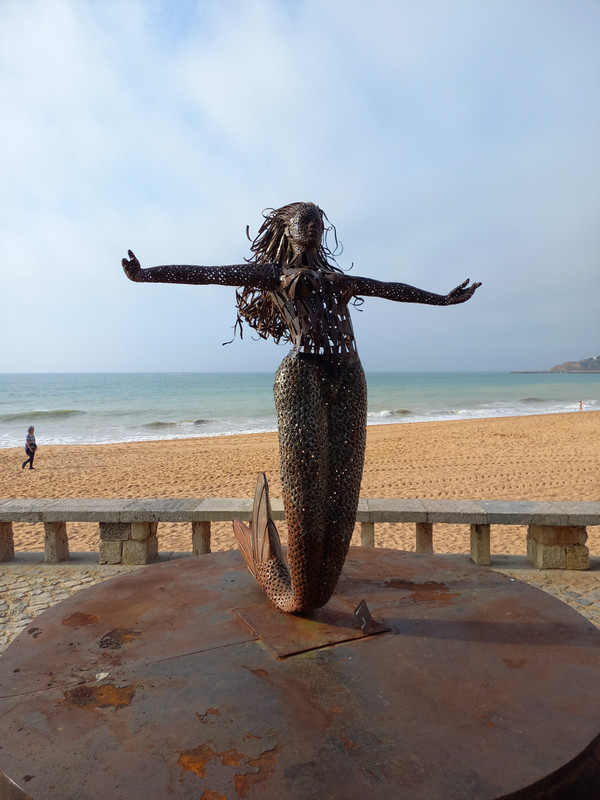The Travellers celebrates Indigenous presence and the meeting of cultures through migration. ten sculptures, each approximately 7.5 metres tall and collectively incorporating 3.7 kilometres of stainless steel. Nine of the ten figures are motorised and at regular intervals move along the length of Sandridge Bridge, sited near a former Aboriginal meeting ground and near the landing point where many early migrants stepped ashore. Built in 1888, the bridge is the third to occupy this site, the original constructed in 1853.
Each of the ten the work represents a phase of arrival, as historian James Jupp has defined these. The figures, graphic and abstracted in form, are Gayip (Aboriginal period); First Settler (convict period); Melbourne Beauty (gold rushes); Walker and His Tucker Bag (assisted migration); Shelter (displaced persons); Urban Wheel (European migration); Running Couple (refugees); Butterfly Girl (Asian and Middle Eastern migration); Technoman (students and professionals); and Walking Sun (multiculturalism). Below the figures, a series of etched glass panels stretch across the bridge, in this history of migration to Australia
Each of the ten Travellers figures represents a period of migration to Australia (as defined by historian Dr James Jupp AM). More than 3.7 km of stainless steel (in 4455 pieces) was used to create the sculptures. The average weight of each figure is 2307 kg while the heaviest figure is 7701kg.
1. Gayip – The Aboriginal Period (designed with the assistance of Indigenous artist Mandy Nicholson).
4. Walker and his tucker bag – Assisted Migration (1830 – 1930). 5. Shelter – Displaced persons (1947 – 1953).
8. Butterfly Girl – Asian and middle east migration (1975 – 2005). 9. Technoman – Students and professionals (1975 – 2005).
Each of the ten Travellers figures represents a period of migration to Australia. The artists concept and a description of the corresponding period of migration by Dr James Jupp AM are listed below.
Since remote times Gayip has been standing on a rock. Recently, it has been observing travellers passing by. At night it rises into the skies and spirals over its territory to ensure the of all. It has seen darkened times, thick with mistrust, and others clear and warm. It is a guide to the things that have always been there – Nadim Karam
Aboriginal people settled Australia at times variously estimated as 50 000 to 70 000 years ago, although many claim to have always been here. Tasmanians were separated from the mainland about 12 000 years ago and Torres Strait Islanders came over from Paua about 3 000 years ago. Apart from the TSI, who practiced garden agriculture, Aborigines were hunter gatherers. Estimates of the Aboriginal population in 1788 vary between 250 000 and 750 000 with some
extreme estimates at over 1 million. There were no permanent settlements but control over traditional lands was recognized.
He came ashore with a flag and a shovel. After he planted the flag its colours began to fade in the sun. But it gave him shade and indicated wind direction, while he continued to work the land with his shovel – Nadim Karam.
Convict transportation was redirected to Australia as a result of the American War of Independence which concluded in 1781. Convicts transported to New South Wales between 1788 and 1840 totalled 80 000 of whom the great majority were English. Convicts transported to Tasmanian (Van Diemans Land) numbered 66 000, also mainly English. Convicts transported to Western Australia between 1850 and 1868 numbered 9 700. The second most important nationality was the Irish. Many convicts were sentenced for seven years and were assigned to rural employers. The majority were released in due course. Few were imprisoned except for crimes in Australia when they were sent to prisons like Norfolk Island or Port Arthur.
mention of her name was enough to cause a stampede. She was usually seen near the Yarra River, wearing a golden glow.









